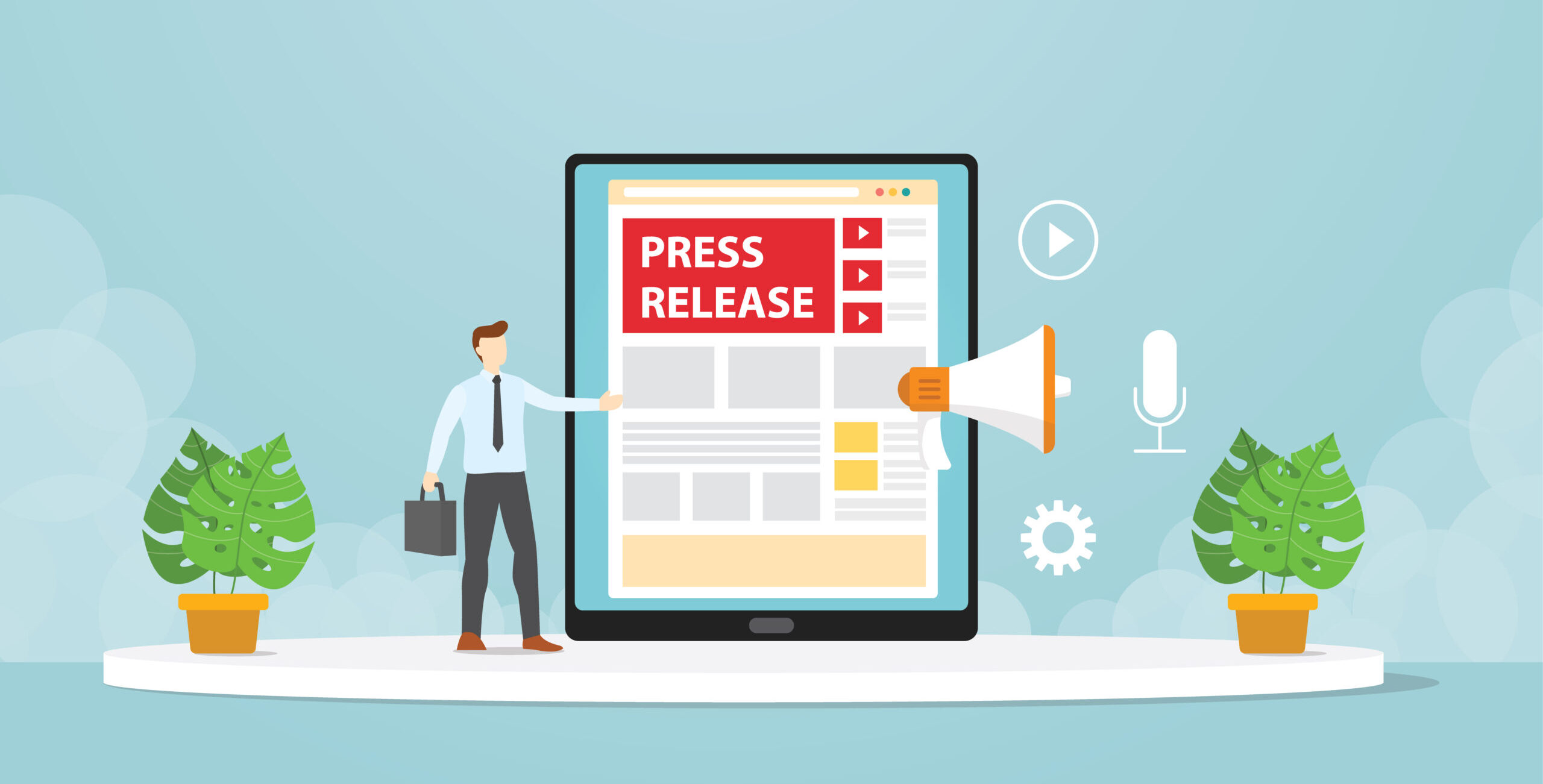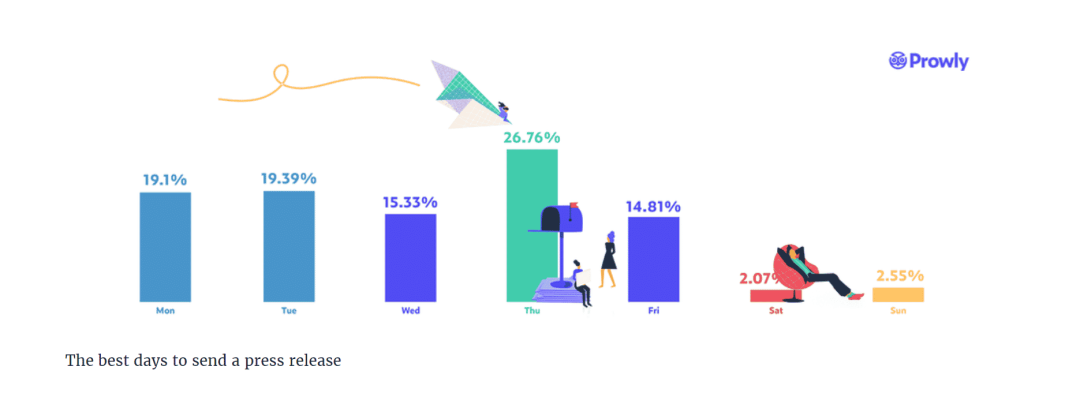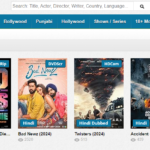What’s the Best Time to Send a Press Release?
- 1 Press Release Timing
- 2 Optimal Times of Day to Send Press Releases
- 2.1 1. Early Morning (6-8 AM):
- 2.2 2. Mid-Morning (9-11 AM):
- 2.3 3. After Lunch (1-3 PM):
- 2.4 Additional Considerations:
- 3 Strategies for Different Types of News
- 4 The Role of Digital Media in Press Release Distribution
- 5 Conclusion: Timing with Precision
It’s typically tied to a business or organization and is provided to media through various means. A well-crafted press release can effectively communicate news to journalists and the public, ensuring your story gets the coverage it deserves.
Press Release Timing
The timing of a press release can be as critical as its content, said John Webster, the editor of Pcbitalian. The right timing can mean the difference between widespread media coverage and your news going unnoticed.
Audience Engagement:
- Analyze when your target audience is most active in consuming news.
- Factor in time zones, especially if your audience is international.
Industry Considerations:
- Different industries have different peak times for news releases. For example, the tech industry may favor times around major tech conferences.
News Cycle Dynamics:
- Be aware of the general news cycle and avoid times when major events dominate the media unless your news is related.
Here is the prowly chart that shows which time is best –
Optimal Times of Day to Send Press Releases
Scott Millar, the CEO of MSP’s marketing strategy, believes that when considering the time of day to send a press release, it’s crucial to understand the daily routines of journalists and your target audience. The goal is to ensure your press release is at the top of their inbox when they are most receptive.
Here are three optimal times:
1. Early Morning (6-8 AM):
- Why It Works: Many journalists start their day by checking emails for potential stories. By sending your press release early, you increase the chance of it being noticed before the day’s agenda is fully set.
- Insight: This time is particularly effective for major announcements you want to include in the day’s news cycle. It also aligns well with morning television and radio programs looking for fresh content.
2. Mid-Morning (9-11 AM):
- Why It Works: This is when most people fully engage in their workday, including journalists and your target audience. Your press release can catch them during a lull in their morning rush.
- Insight: This time slot works well for less urgent news. It’s past the initial morning rush, but before journalists are fully occupied with their day’s stories. It’s a sweet spot for attention without getting lost in the early morning influx of emails.
3. After Lunch (1-3 PM):
- Why It Works: Post-lunch hours are a good time as journalists look for additional stories to cover for the next day, and your audience may check news or emails during a mid-afternoon break.
- Insight: This timing can be strategic for niche or specialized press releases. It avoids the morning rush and can stand out more when the pace slows down in the afternoon.
Additional Considerations:
- Avoid Late Afternoons and Evenings: Journalists often finalize their stories for the next day by late afternoon, and emails sent during this time might get overlooked until the following day.
- Time Zone Awareness: If your audience is spread across multiple time zones, consider the primary time zone of your key audience or segment your press release distribution accordingly.
- Monitor and Adapt: Use analytics tools to monitor your press releases’ open rates and engagement and adjust your timing based on these insights.
Strategies for Different Types of News
Breaking News:
- Immediate release, regardless of the day or time, is crucial.
Event Announcements:
- Schedule these a few days to a week before the event for maximum exposure.
Product Launches:
- Align with industry events or times when your audience is most receptive.
Financial Reports:
- These are often scheduled and should align with industry norms and regulatory requirements.
The Role of Digital Media in Press Release Distribution
Digital media has transformed how press releases are distributed and consumed. Social media, online newsrooms, and email distribution have made reaching both media and the public easier, added Sira Mas, the owner of Serentravelty. This direct access also means timing is more critical than ever, as digital channels are flooded with information.
Email Distribution:
- Most journalists prefer receiving press releases via email.
- Use email analytics to track open and engagement rates to refine timing.
Social Media:
- They are increasingly used for immediate press release dissemination.
- Tailor the timing based on when your audience is most active on these platforms.
Online Newsrooms:
- A repository for all your press releases, accessible to journalists and the public.
- Keep this updated, and consider the timing of adding new releases here.
Conclusion: Timing with Precision
The key takeaway is that the best time to send a press release depends on when it will most likely be read and considered by journalists and your target audience. Early mornings, mid-mornings, and post-lunch hours each offer unique advantages. By understanding these nuances and continually refining your approach based on performance data, you can significantly enhance the effectiveness of your press release strategy.




















